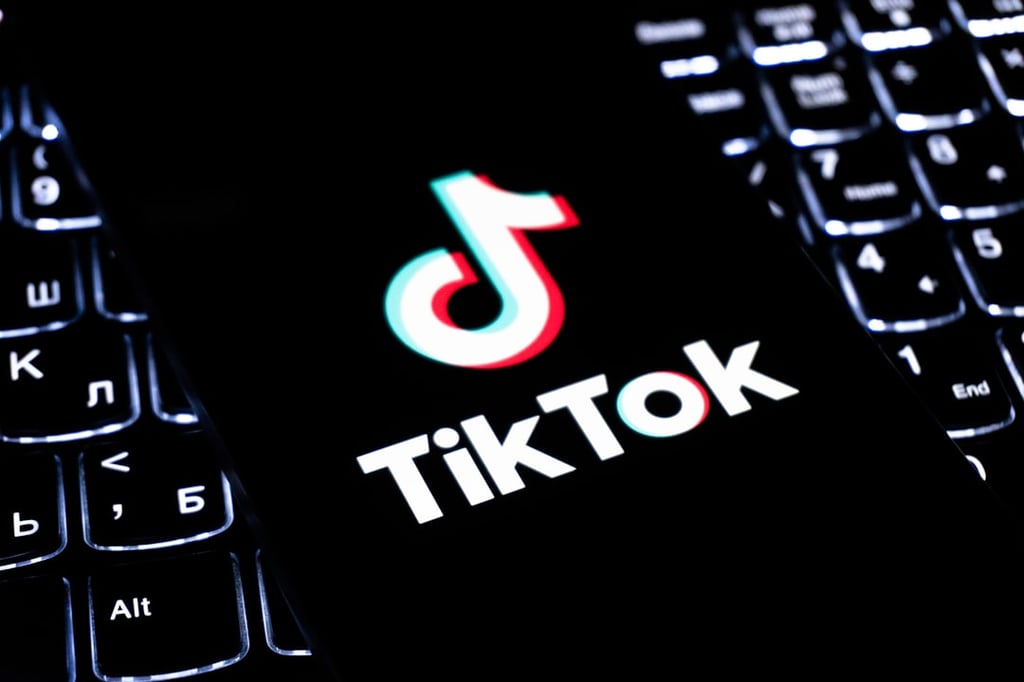Datamation content and product recommendations are
editorially independent. We may make money when you click on links
to our partners.
Learn More
The iPad has gotten plenty of positive coverage since its release last week as a slick mobile device for viewing all manner of Web content. But now Web performance analysis company Gomez is giving the iPad some unexpected kudos for Web site download times.
In preliminary results covering four days (starting April 1 when only Apple-approved testers had the device), Gomez said that 74 percent of the pages, on what it determined to be the top 50 most visited sites by iPad users, loaded faster on the iPad than on netbook computers in the U.S.
Conversely, a handful of the sites loaded abnormally slow on the iPad, Gomez said, which actually kept the iPad’s overall results from being even better than they were.
Gomez CTO Imad Mouline said the company was able to use several criteria to distinguish iPad from netbook users.
“For an iPad, it’s easy: We look at the user agent string on the browser and the iPad announces itself,” Mouline told InternetNews.com. “Netbooks are tougher, but we look for any device with a specific screen resolution of 1024 x 600, which doesn’t cover all netbooks, but a good chunk of them.”
Another caveat, the analysis covered only Wi-Fi connectivity since that’s the only Internet connection available in the first iPad models; 3G support is slated for later this year.
Mouline said he could not release the site names included in Gomez’s assessment, which he said included a number of very popular sites across a range of markets like publishing and e-commerce sites, some of which are Gomez customers. The company also measured and compared what it calls the raw load speed to the perceived load speed, with the latter making a significant difference in the iPad results.
The raw load speed is the time it takes for a full page to load, but a perceived load is the time it takes for enough key elements of a page to show for a user to feel like he or she has arrived at a new Web page.
Optimizing sites for perceived performance
“A lot of well-known sites optimized for the iPad by focusing on perceived performance,” Mouline said. In one case, he said a site’s raw performance showed a lengthy 17-second load time but a perceived load time of only 5.5 seconds on the iPad.
“Optimizing for perceived performance is important because it gives the user the sense the site is fast,” Mouline said. Conversely, in the worst case by a Web site in the Gomez results, one high-traffic site required 39.9 seconds for a raw load and even 23.7 seconds for a perceived load time on the iPad.
Companies take different approaches to optimizing their Web sites, which involves determining what elements will load first. Apple is a strong proponent of the emerging HTML 5 standard for multimedia content on the Web.
“The old-style HTML 4 requires a lot more code and hundreds of lines in JavaScript that is available with a single tag in HTML 5, Mouline added.
Optimizing performance can be a daunting task because, as Mouline noted, Web sites are becoming increasingly composite and assembled at the last minute.
“When we look at our entire customer base, and that includes all kind of Web sites, from commerce, to media to travel and financial sites, it takes an average of 8.2 different Web servers to complete a transaction (moving between at least) two Web pages,” Mouline said. “That’s staggering.”
In a broader context, it’s worth noting that desktop browsers loaded much faster than either iPad or netbooks in Gomez’ testing. For example, Google’s Chrome 4 had raw and perceived load times of just over two seconds versus more than 16 and 18 seconds respectively for the iPad’s Safari browser. Microsoft’s Internet Explorer 8 had a perceived load time of just under three seconds and a raw load of just under five seconds. Firefox 3.6 came in at 2.6 and 4.2 seconds for perceived and raw load times, respectively.
David Needle is the West Coast bureau chief at InternetNews.com, the news service of Internet.com, the network for technology professionals.
-
Ethics and Artificial Intelligence: Driving Greater Equality
FEATURE | By James Maguire,
December 16, 2020
-
AI vs. Machine Learning vs. Deep Learning
FEATURE | By Cynthia Harvey,
December 11, 2020
-
Huawei’s AI Update: Things Are Moving Faster Than We Think
FEATURE | By Rob Enderle,
December 04, 2020
-
Keeping Machine Learning Algorithms Honest in the ‘Ethics-First’ Era
ARTIFICIAL INTELLIGENCE | By Guest Author,
November 18, 2020
-
Key Trends in Chatbots and RPA
FEATURE | By Guest Author,
November 10, 2020
-
Top 10 AIOps Companies
FEATURE | By Samuel Greengard,
November 05, 2020
-
What is Text Analysis?
ARTIFICIAL INTELLIGENCE | By Guest Author,
November 02, 2020
-
How Intel’s Work With Autonomous Cars Could Redefine General Purpose AI
ARTIFICIAL INTELLIGENCE | By Rob Enderle,
October 29, 2020
-
Dell Technologies World: Weaving Together Human And Machine Interaction For AI And Robotics
ARTIFICIAL INTELLIGENCE | By Rob Enderle,
October 23, 2020
-
The Super Moderator, or How IBM Project Debater Could Save Social Media
FEATURE | By Rob Enderle,
October 16, 2020
-
Top 10 Chatbot Platforms
FEATURE | By Cynthia Harvey,
October 07, 2020
-
Finding a Career Path in AI
ARTIFICIAL INTELLIGENCE | By Guest Author,
October 05, 2020
-
CIOs Discuss the Promise of AI and Data Science
FEATURE | By Guest Author,
September 25, 2020
-
Microsoft Is Building An AI Product That Could Predict The Future
FEATURE | By Rob Enderle,
September 25, 2020
-
Top 10 Machine Learning Companies 2021
FEATURE | By Cynthia Harvey,
September 22, 2020
-
NVIDIA and ARM: Massively Changing The AI Landscape
ARTIFICIAL INTELLIGENCE | By Rob Enderle,
September 18, 2020
-
Continuous Intelligence: Expert Discussion [Video and Podcast]
ARTIFICIAL INTELLIGENCE | By James Maguire,
September 14, 2020
-
Artificial Intelligence: Governance and Ethics [Video]
ARTIFICIAL INTELLIGENCE | By James Maguire,
September 13, 2020
-
IBM Watson At The US Open: Showcasing The Power Of A Mature Enterprise-Class AI
FEATURE | By Rob Enderle,
September 11, 2020
-
Artificial Intelligence: Perception vs. Reality
FEATURE | By James Maguire,
September 09, 2020
SEE ALL
ARTICLES









